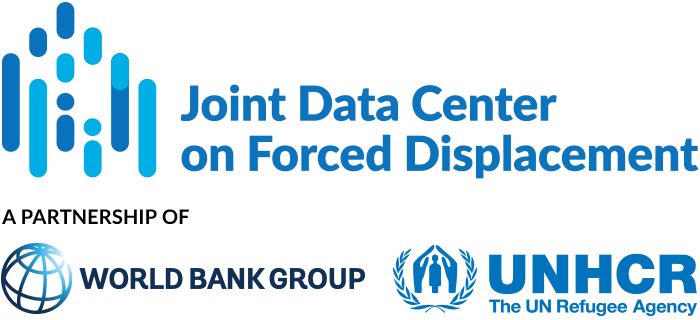This paper analyses the impact of a Village Savings and Loan (VSL) program on South Sudanese refugees in Uganda. The program consists of a group-based commitment savings mechanism, a process whereby members can request a loan from the group, and a ‘social fund’, which functions as an insurance device for members in the event of emergencies. The study is set against the backdrop of a significant influx of South Sudanese refugees into Uganda, with the refugee population increasing from 200,000 to over 1 million between January 2016 and December 2017.
The authors analyze the impact of the VSL program on asset accumulation, nutrition, and home improvements. They investigate potential mechanisms such as increased borrowing and saving, reduced income uncertainty, and the preservation of wealth in response to unexpected expenditures. Additionally, the study examines the importance of socially proximate peer monitoring by constructing a proxy for social proximity. This proxy measures the relative ‘distance’ between individual members and others within their group, considering factors such as gender, educational attainment, religion, and religiosity.
The analysis focuses on 10 refugee settlement areas in the Adjumani district of northern Uganda. Except for the Ayilo settlement, which is entirely populated by ethnic Dinka, ethnic groups are integrated within the Adjumani settlements. Data were collected from a sample of new VSL members and a convenience sample of non-participants living in Adjumani. After matching, the final sample consists of 365 refugees, each providing two observations approximately one year apart (2018/19 and 2019/20).
Main results:
- Both refugee and host VSL members see significant increases in household wealth. Refugee VSL members experience a 0.3 standard deviation increase in wealth relative to non-members. VSL members also increase their land ownership, though there is no difference in owning bikes or motorbikes. While refugee members do not increase the total value of animals, they are significantly more likely to own animals compared to non-members. In the larger sample, including host Ugandans, there is a significant increase in the value of livestock after VSL participation.
- The effects on nutrition are mixed. VSL members are more likely to increase weekly meat consumption. The evidence on the likelihood of eating three meals per day is mixed; there is no significant effect on refugee members, but a large significant effect is observed in the broader sample that includes host Ugandans.
- VSL members invest in improving their living conditions, experiencing significant increases relative to non-members in having a pit toilet and a hard roof. There is weak evidence of increased access to electricity, though these effects are estimated imprecisely.
- VSL members increase their likelihood of savings and borrowing relative to non-members. On average, VSL refugees increased savings by roughly $110 more than non-members over the course of the year. The impact on year-over-year borrowing was smaller (approximately $70) but sufficient to fund important investments in assets and business activities.
- Some credit rationing occurs early in the cycle. Those in the poorest 25 percent of all VSL groups borrow significantly less for their first loan. However, the total amount borrowed over the entire cycle is not significantly different from those in the wealthiest groups. Additionally, they are not significantly less likely to borrow or take out multiple loans.
- Descriptive evidence shows that a substantial number of loans are used to support income-generating activities and increase assets. Most loans taken out by refugees are used to fund expenditures such as school fees (65 percent) or medical bills (46 percent). About 44 percent of loans support business activities, 7.5 percent are used to purchase livestock, and 23 percent are used to purchase non-livestock assets.
- VSLs help the vulnerable mitigate the adverse effects of unexpected expenditures. For refugees, the primary channel is access to credit for health-related expenses and a combination of savings and credit for school expenses. Participants also report a significant decrease in income uncertainty.
- Refugee participants are more likely to borrow to pay for medical bills and school fees after joining the VSL. When host Ugandans are included, there is no evidence of changes in borrowing use, though there is a significant change in the use of savings for school fees.
- Members who are ‘closer’ to their peers in the group save more and borrow less than those who are more socially distant. Members socially distanced by one standard deviation save about 27 percent less and borrow about 57 percent less than those who are socially closer to their groups.
The authors conclude that, despite the numerous challenges of operating in refugee settlements, VSLs are highly effective in mobilizing savings, providing access to credit, and enhancing the lives and livelihoods of both refugee and host communities. The data indicates that members experienced substantial increases in asset accumulation, nutrition, and home improvements, as well as greater income stability and improved capacity to insure against future shocks, such as illness. Overall, the findings suggest that VSLs are instrumental in fostering self-sufficiency among refugees by granting them access to essential financial services.


